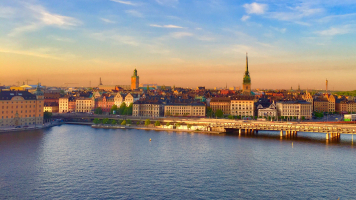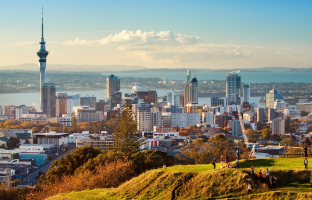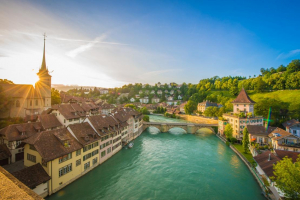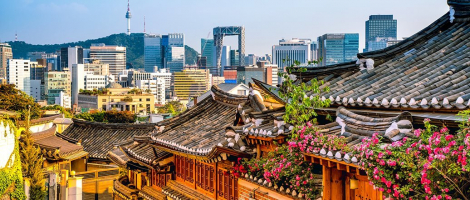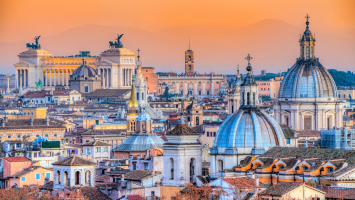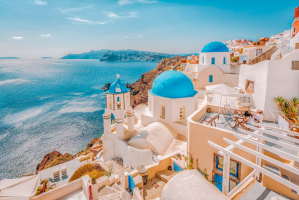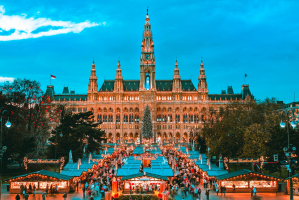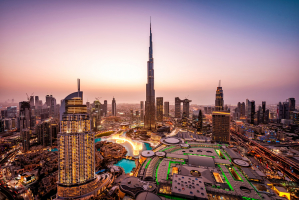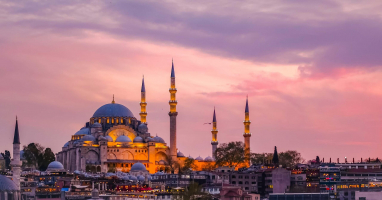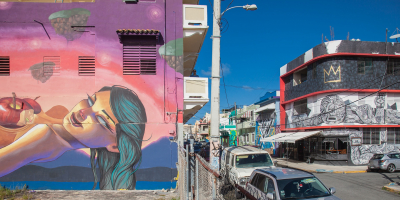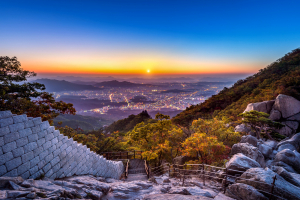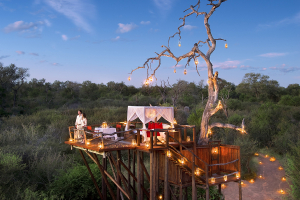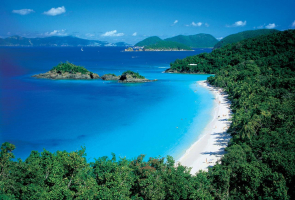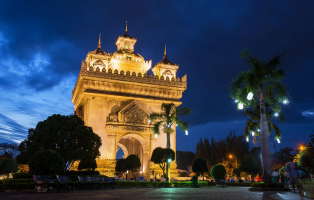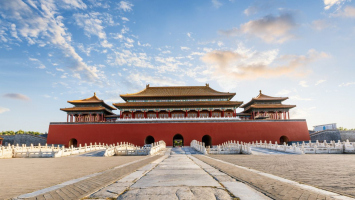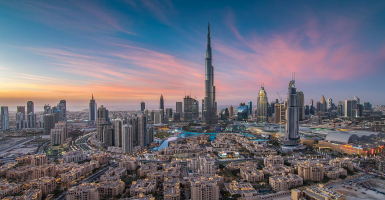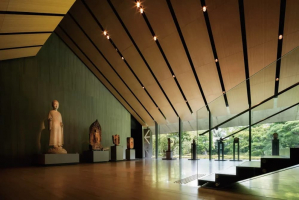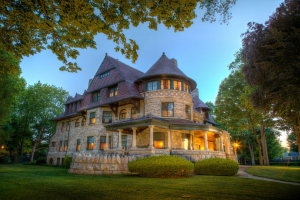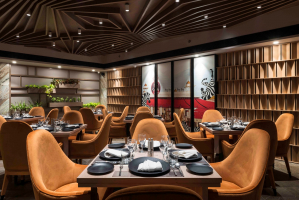Top 10 Must Visit Places in Japan
Some people say that everyone should go to Japan at least once. This is because Japan is unlike anywhere else on earth, with futuristic buildings, calm bamboo ... read more...woods, neon arcades, and serene temples. There is so much to see and do in Japan, but where should you begin? These are our top must-visit places in Japan that you should not miss on your next trip!
-
Mount Fuji (Fuji-san), without a doubt Japan's most iconic sight, is also the country's tallest mountain peak. This beautiful mountain can be seen from Tokyo, more than 100 kilometers away. Mount Fuji has been praised in art and literature for ages, and it is now regarded as such an iconic figure that UNESCO acknowledged its global cultural value in 2013. Mount Fuji is part of the Fuji-Hakone-Izu National Park and it is ascended by over a million people each summer as a pilgrimage that culminates in a dawn view from its peak.
While some climbers still start at the bottom, the majority now begin their ascent beyond the halfway point, at the 5th Station, resulting in a more manageable six-hour trek. Those planning to complete the climb should leave in the afternoon, breaking it up with an overnight stay at one of the "mountain huts" created specifically for this purpose. You can go to the summit at dawn the next day if you get up early.
Place: Mount Fuji
Some of the best attractions on Mount Fuji are:
- Lake Kawaguchi
- Fujinomiya 5th Station
- Oshino Hakkai
- Itchiku Kubota Art Museum
- Fuji-Q Highland
- Fujiyoshida Sengen Shrine

Mount Fuji. Photo: japan-guide.com 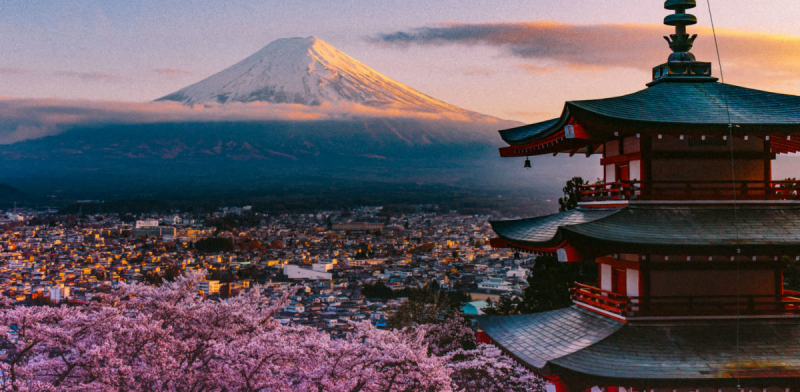
Mount Fuji. Photo: passionpassport.com -
Imperial Tokyo will be the second place that Toplist would like to introduce to you. With its lovely 17th-century gardens enclosed by walls and moats, the Imperial Palace is considered a must-see for everyone who comes to visit this nation. Don't let the fact that most of the palace is closed to the public (it is still in use by the Imperial family) deter you. There are many places to see just by meandering around the grounds.
Tourists can be allowed inside the East Higashi-Gyoen Garden and other places that are available to the public as part of your arranged tour. The famed Nijubashi Bridge, or "double bridge", is known for its aquatic reflection and offers one of the most picturesque views that you should not miss when visiting Imperial Tokyo.
Place: Imperial Tokyo
Some of the best attractions in Imperial Tokyo are:
- Imperial Palace East Garden
- Nijubashi Bridge
- The East Gardens of the Imperial Palace
- Imperial Palace Running Course
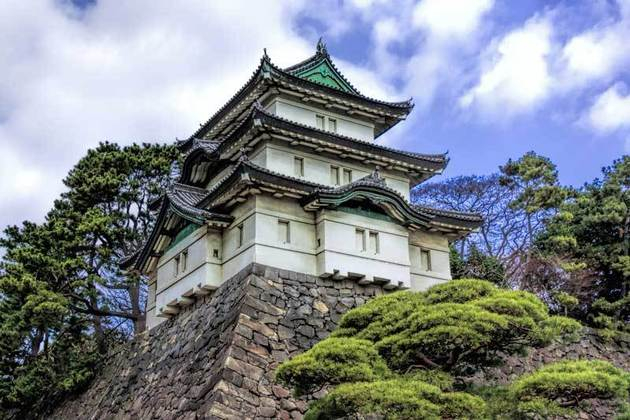
Imperial Tokyo. Photo: shoreexcursions.asia 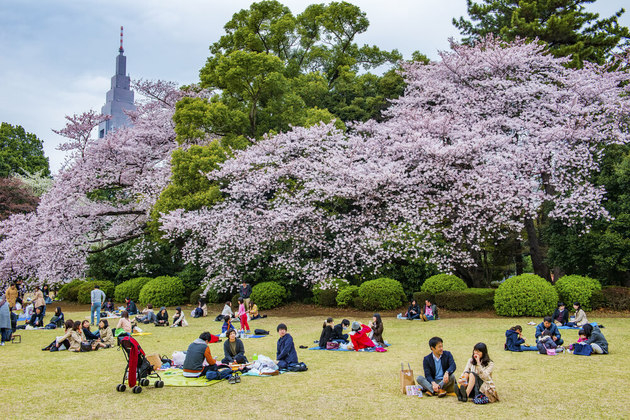
Imperial Tokyo. Photo: shoreexcursions.asia -
While nothing needs to be said about the horrors of Hiroshima's atomic bombing in August 1945, there is much to be said about the remarkable efforts made by this lively city to memorialize the countless victims of the world's first nuclear attack. Hiroshima, perhaps, more importantly, has become a symbol of permanent peace.
Hiroshima Peace Memorial Park (Hiroshima Heiwa Kinen Ken) is visited by over a million people each year, many of them from outside of Japan. It is located at the epicenter of the atomic blast in what was once a lively area of the city. A number of significant monuments, memorials, and museums linked to the events of that dreadful day can be found here. In addition to the grounds and gardens with their vibrant cherry blossoms, the park is home to the Peace Memorial Museum, which houses a number of exhibits on the topic of international peace. The Atom Bomb Dome, the ruins of an administrative structure that was at the heart of the explosion, is also located here, as is the Memorial Cenotaph and the Flame of Peace.
Place: Hiroshima Peace Memorial Park
Some of the best attractions in Hiroshima Peace Memorial Park are:- Peace Bell
- The Cenotaph
- Fountain of Prayer
- Hiroshima Peace Memorial Museum
- Hiroshima National Peace Memorial Hall for the Atomic Bomb Victims
- Peace Flame
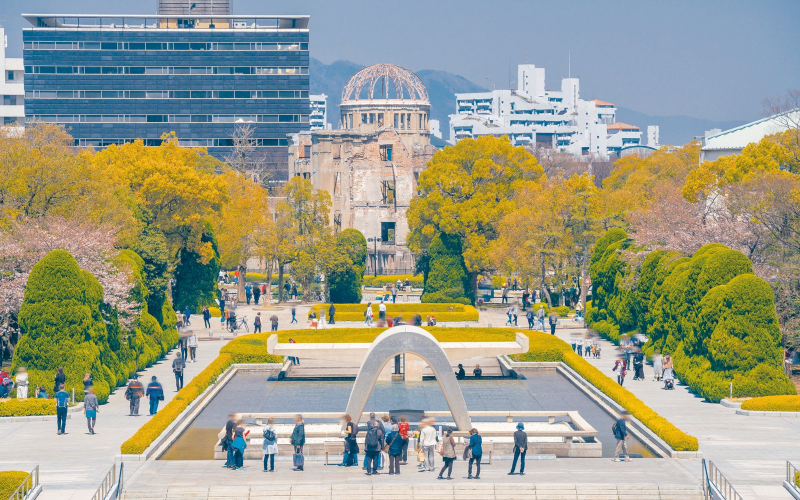
Hiroshima Peace Memorial Park. Photo: evaneos.com 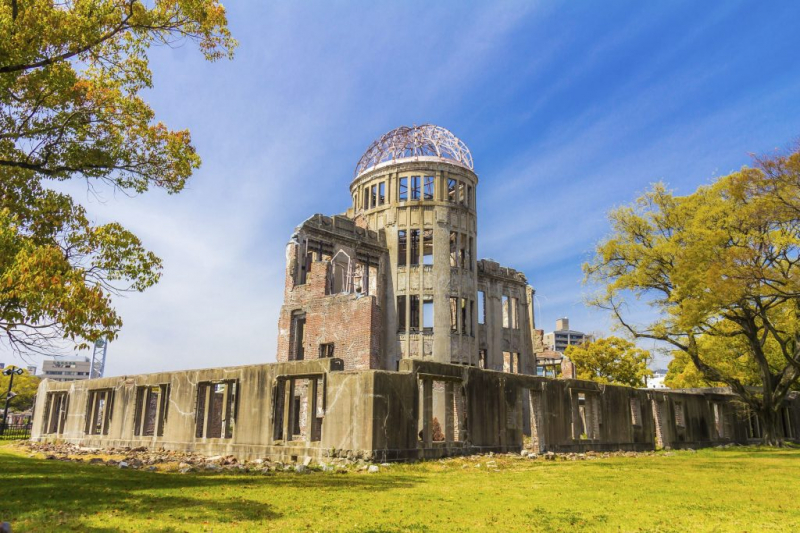
Hiroshima Peace Memorial Park. Photo: travel.gaijinpot.com -
Kyoto is one of Japan's most popular tourist destinations, attracting more than 10 million visitors every year. Many of them have come to see the beautiful old streets and buildings in this city, most of which have remained unaltered since the Imperial family first settled here over 1,000 years ago.
Kyoto was already the most important cultural hub at the time in Japan. Nijo Castle, a 17th-century fortification with its original walls, towers, and moat, is also worth a visit. The castle's gorgeous gates, as well as its palace with superb interior decoration, are also worth viewing. The old Kyoto Imperial Palace is another must-see attraction. It is one of the city's most visited historic attractions, having been built in AD 794. Besides, no trip to Kyoto would be complete without a visit to the Arashiyama Bamboo Grove. Let's remember this place when visiting Kyoto!
Place: Kyoto
Some of the best attractions in Kyoto are:- Nijo Castle
- Fushimi-Inari Taisha Shrine
- Kinkaku-ji: The Golden Pavilion
- Arashiyama Bamboo Grove
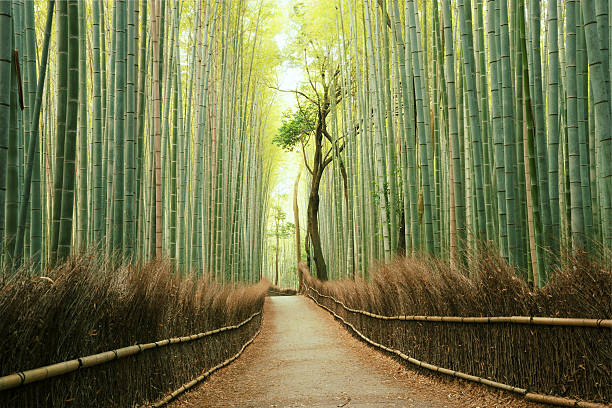
Arashiyama Bamboo Grove, Kyoto. Photo: istockphoto.com 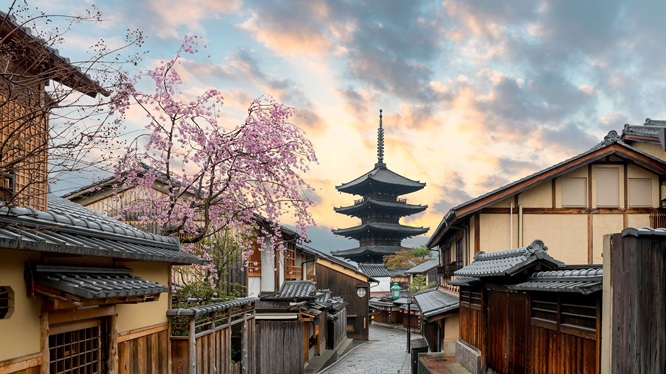
Kyoto. Photo: ivivu.com -
After only a short ferry trip from mainland Hiroshima, you can go to the island of Miyajima, which is often known as Japan's Shrine Island. Miyajima is primarily known for the Itsukushima Shrine, a Shinto temple which is dedicated to the Princess Daughters of the wind god Susanoo. Itsukushima literally means "island of worship" and the island has been revered as a god since ancient times. In 1996, the magical Itsukushima Shrine, situated on the river, was designated as a UNESCO World Heritage Site. Itsukushima Shrine, a spot where ancient ceremonies have been performed for centuries, has become internationally known, attracting visitors from all across Japan and the rest of the world.
The majority of the shrine's buildings, which date from the eighth century, rise out of the waters of a small bay, supported only by piling. At high tide, the effect is breathtaking, giving various monuments, especially the famous Great Floating Gate (O-Torii), the appearance of floating on water.
Place: The Island Shrine of Itsukushima
Best time to visit The Island Shrine of Itsukushima: October, November, March, April, May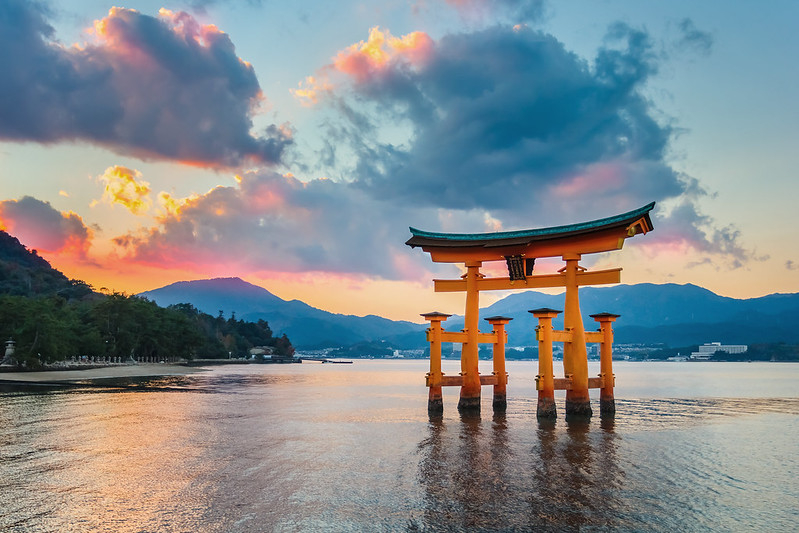
The Island Shrine of Itsukushima. Photo: kcpinternational.com 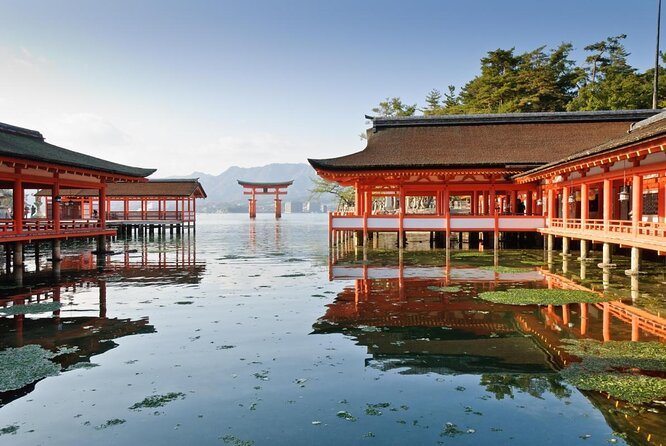
The Island Shrine of Itsukushima. Photo: viator.com -
The magnificent city of Nara, which has been the center of Japanese culture for generations, is home to a huge number of historic structures, as well as notable national treasures and pieces of art.
Aside from its many historic streets, the city is home to a number of significant old temples. The majestic seventh-century Kofuku-ji Temple, arguably the most well-known of Nara's seven great temples, and the splendid eighth-century Todai-ji (Great East Temple), notable for its massive bronze statue of the Great Buddha (Daibutsu), produced here in AD 749, are among them. The Great South Gate (Nandaimon) is also worth seeing when you visit there. This magnificent two-story edifice guards the temple entrance and is supported by 18 columns with two Nio sculptures standing eight meters tall. The Hall of the Great Buddha, the world's largest timber structure, is also worth mentioning.
Place: Temple City: Historic Nara
Some of the best attractions in Temple City: Historic Nara are:
- Nara Park and Tōdai-ji Temple
- Kofuku-ji Temple
- Isuien Garden
- Tōshōdai-ji Temple
- Yakushi-ji Temple
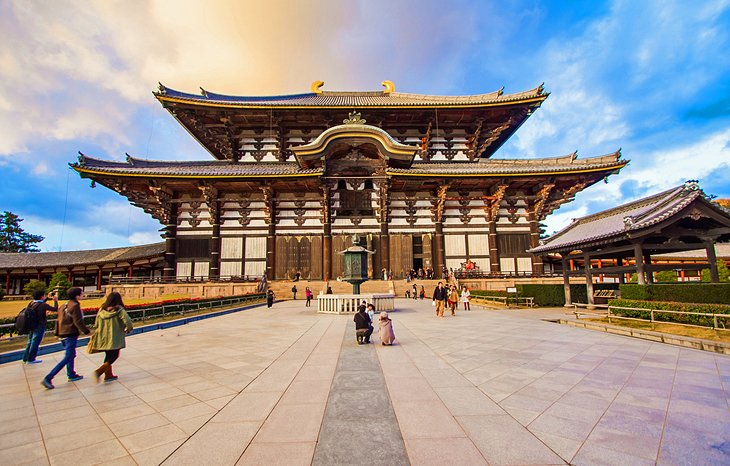
Nara Park and Tōdai-ji Temple, Nara. Photo: planetware.com 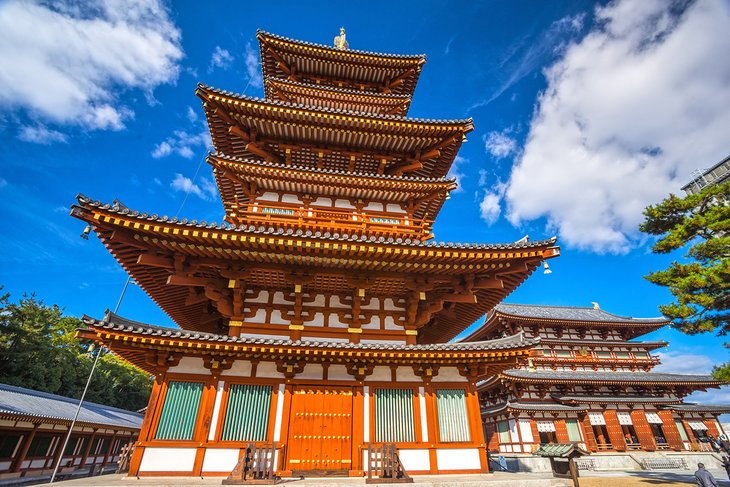
Yakushi-ji Temple, Nara. Photo: planetware.com -
Built in 1586 by Toyotomi Hideyoshi, a prominent Japanese warrior, and politician, Osaka Castle was considered the country's largest and most important castle at the time.
The massive five-story, 42-meter-tall main tower is one of the highlights of your visit. The tower, which stands on a 14-meter-high stone base, houses a number of exhibits about the castle and the city's history. You should visit the top level for spectacular views of Osaka, which are especially appealing when the sun sets. The Hokoku Shrine is also worth visiting at Osaka Castle Park, as is Osaka's most well-known temple, Shitenn-ji, which dates from AD 59. This gorgeous shrine, which includes a five-story pagoda and a variety of other exquisitely adorned buildings, is known as Japan's earliest Buddhist temple. The Golden Pavilion (Kond), with its superb statues and paintings; the Lecture Hall (Kd); and a lovely covered hallway connecting three of the site's gates are just a few of them.
Place: Osaka Castle
Some of the best attractions near Osaka Castle are:
- Osaka Castle Park (Osakajo Koen)
- Nishinomaru garden
- Osaka Museum of History
- Hokoku Shrine
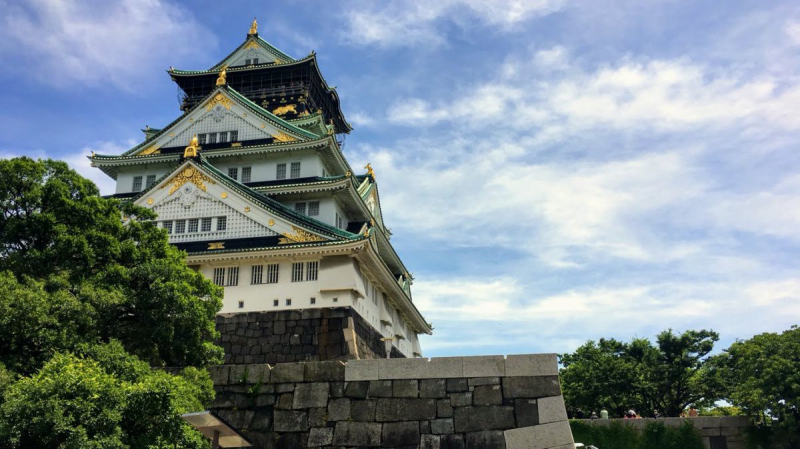
Osaka Castle. Photo: blog.japanwondertravel.com 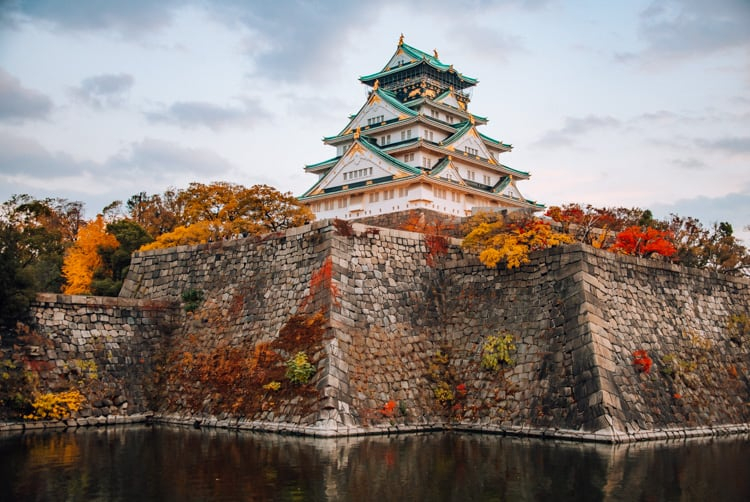
Osaka Castle. Photo: christineabroad.com -
Many of Japan's remarkable natural features have been recognized as national parks or, in certain circumstances, as UNESCO World Heritage Sites. Chbu-Sangaku National Park in Honshu's middle is one of the country's most spectacular. The Hida Mountains, or the Japanese Alps, are a series of mountains that may be found in the park's northern and central parts.
Hotaka, at 3,190 meters, and Yari, at 3,180 meters, are two of the country's highest peaks in this region. The Japanese Alps are similar to the Alps of Central Europe in many ways, including the character of the scenery and the availability of snow in winter. They draw significant numbers of walkers and climbers in the summer and skiers in the winter. The park's diverse flora and animals, which include uncommon ptarmigan and mountain antelopes found at higher elevations, are particularly interesting. The park's numerous hot springs also attract visitors, leading to the establishment of a number of spas and vacation resorts, the most well-known of which is Kamikochi.
Place: Chūbu-Sangaku National Park and the Japanese Alps
Some of the best attractions in Chūbu-Sangaku National Park and the Japanese Alps are:
- Kamikochi
- Hakuba
- Tateyama Kurobe Alpine Route
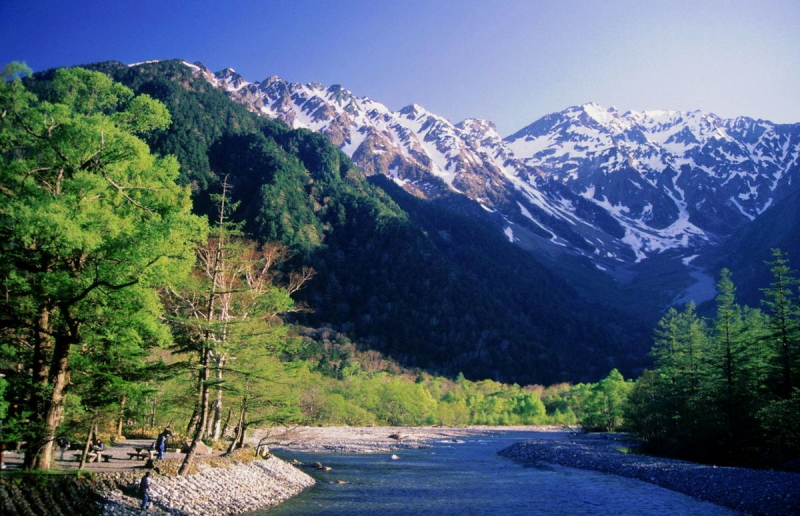
Chūbu-Sangaku National Park. Photo: en.wikipedia.org 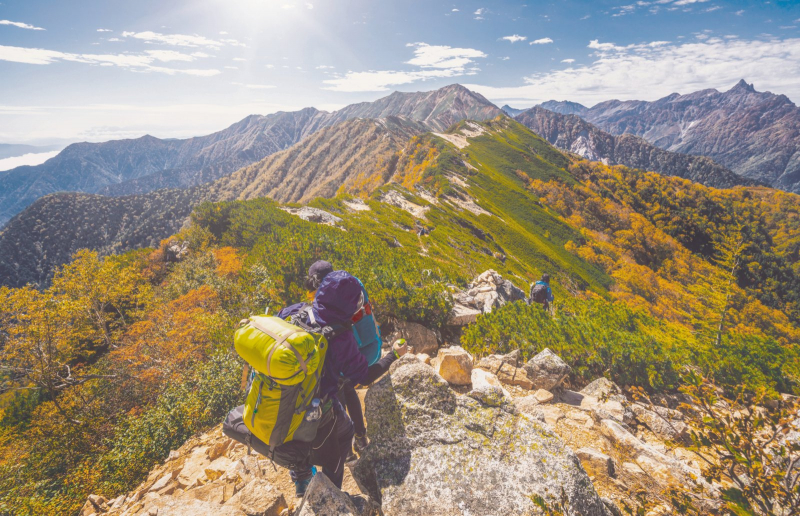
The Japanese Alps. Photo: evaneos.com -
The Atsuta Shrine, located in the center of Nagoya, is Japan's most prominent Shinto shrine, with over five million visits each year. This sacred shrine, which dates back to the first century, is known for its intact imperial symbol, the "grass-mowing sword", which is one of only three in the country.
Its main shrine, Hongu, which has numerous items of art, including old and modern paintings, ceramics, jewelry, and traditional masks, is well worth visiting. Make a point of seeing Nagoya Castle while you are in town. Built in 1612, this magnificent moated structure features a 48-meter-high main tower with two gilded dolphins. It is also well-known for its museum, which houses art treasures from the previous palace, as well as its breathtaking views of the city and the Nobi Plain.
Place: The Atsuta Shrine, Nagoya
Some of the best attractions at the Atsuta Shrine, Nagoya are:
- Atsuta Jingu Cultural Treasure Museum
- Atsuta Jingu Nobunaga-Bei
- Goshinboku
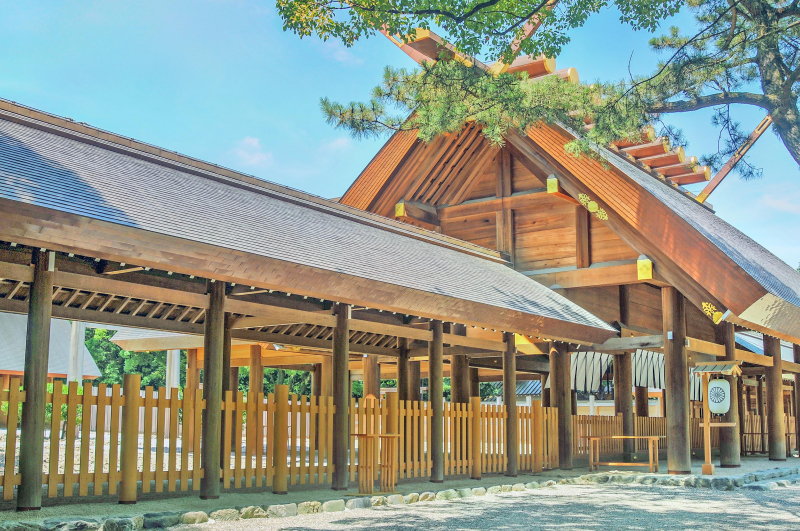
The Atsuta Shrine, Nagoya. Photo: trip.com 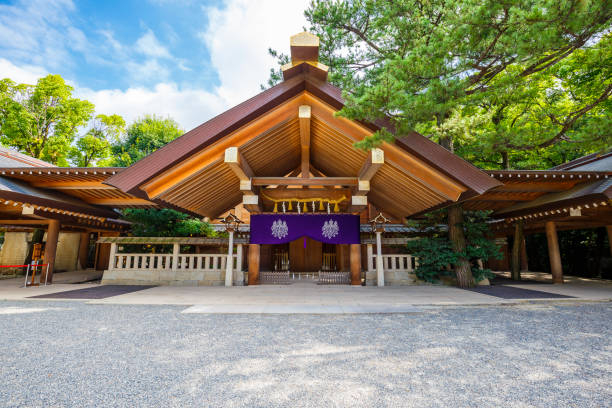
The Atsuta Shrine, Nagoya. Photo: istockphoto.com -
Fukuoka is also recognized for its many festivals and events. The most well-known of these is Hakata Gion Yamakasa, a 700-year-old, two-week-long festival celebrated each July that attracts millions of tourists from throughout the country to its colorful parades, traditional races, and costumes. Fukuoka Castle (Fukuoka-j) is one of the few surviving examples of the once numerous and grand hilltop mansions chosen by the Shoguns and city rulers. It is one of the highlights of a visit to Fukuoka. This majestic castle, which was formerly part of a vast complex that encompassed an area of 47,000 square meters, still amazes with its grandeur and location on a tall foundation overlooking the Naka River.
Modern attractions abound throughout the city as well. Canal City Hakata, a city-within-a-city with a canal flowing through it, as well as magnificent stores, hotels, restaurants, and a theater, is the most noteworthy.
Place: FukuokaSome of the best attractions in Fukuoka are:
- Fukuoka Castle
- Sumiyoshi-jinja Shrine
- Kyūshū National Museum
- Kushida-jinja Shrine
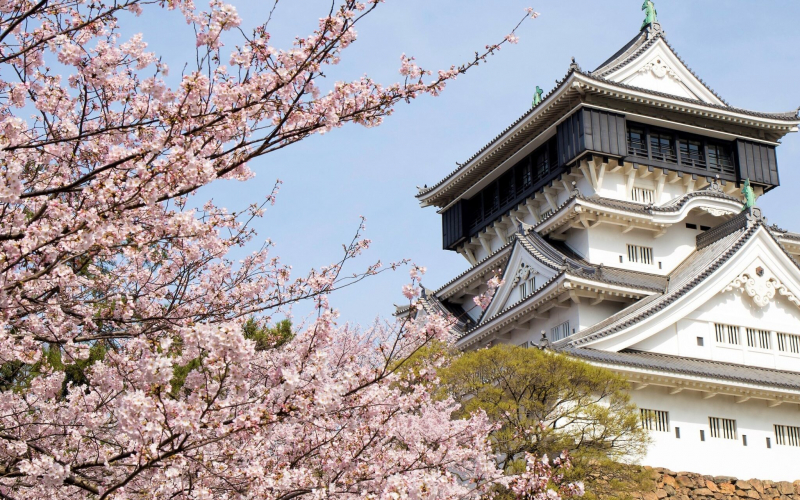
Fukuoka Castle. Photo: discoverfukuoka.com.au 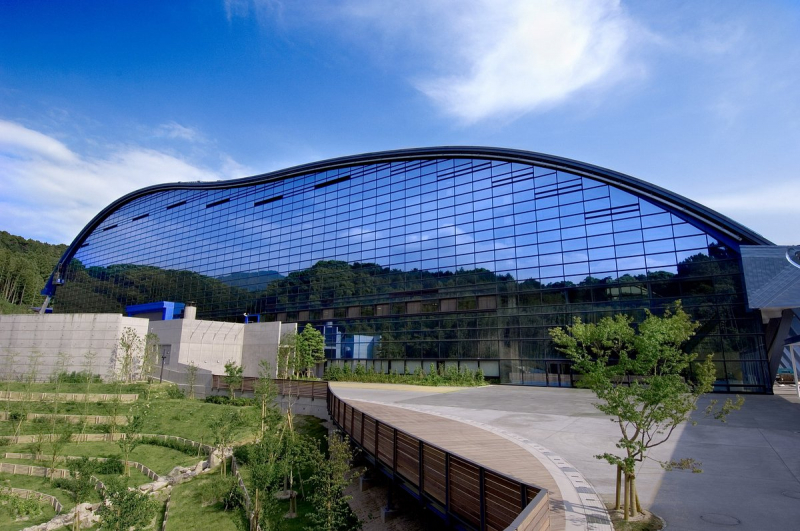
Kyūshū National Museum. Photo: tripadvisor.com












